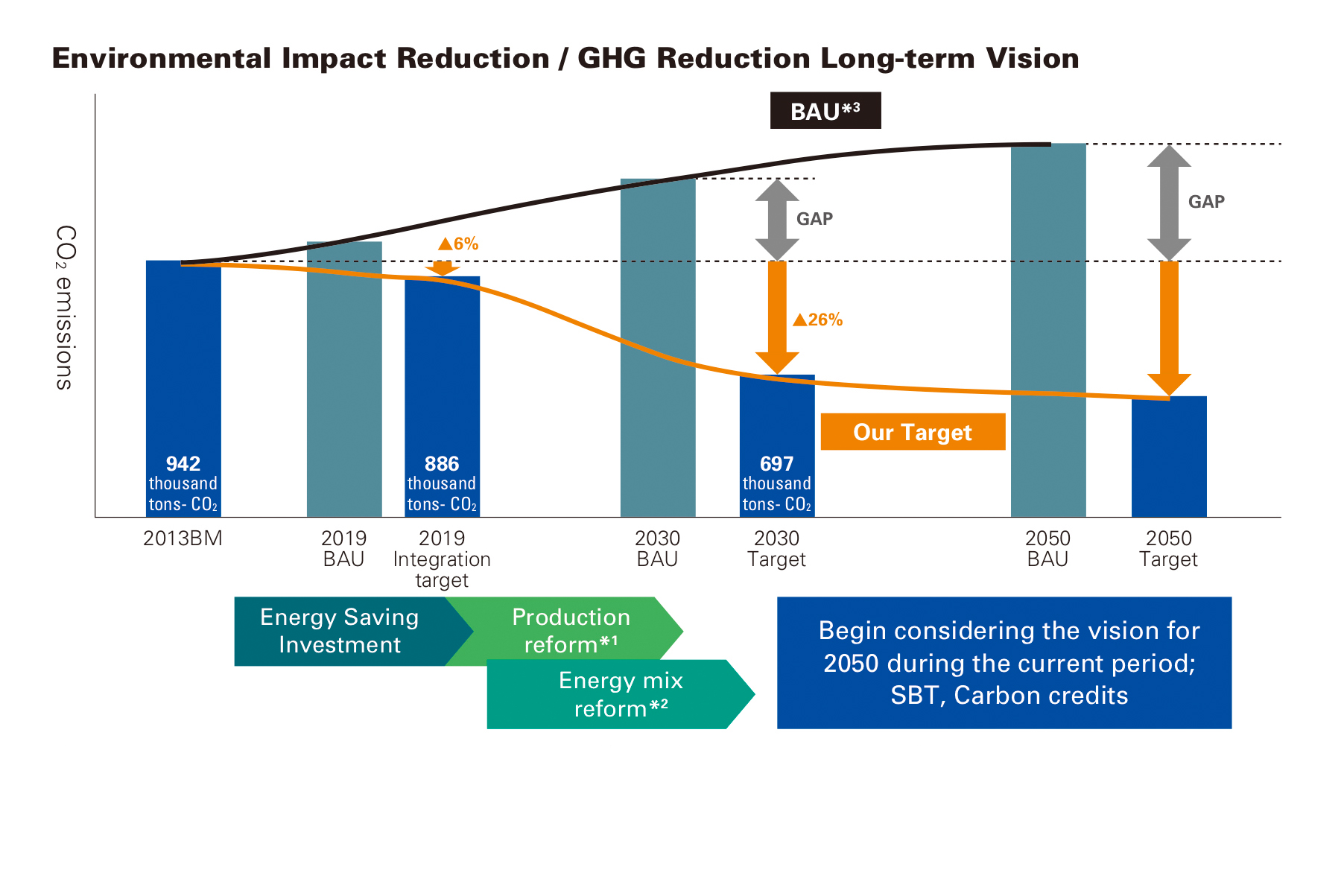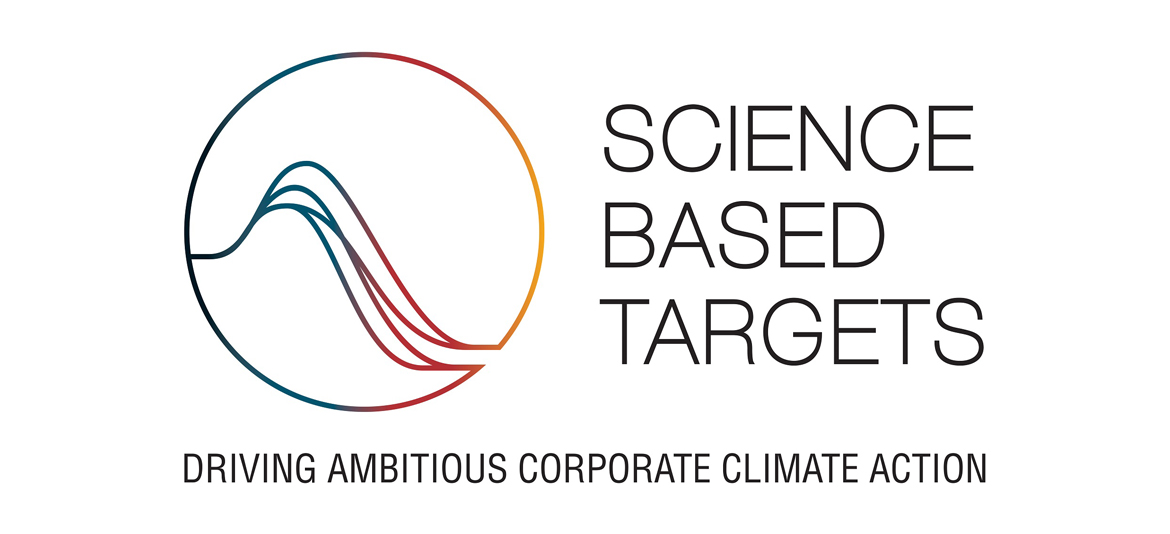The Paris Agreement by UNCCC (United Nations Framework Convention on Climate Change) marks a new course in the global climate effort: For the first time ever, all nations were brought into a common cause to undertake ambitious efforts to combat climate change and adapt to its effects. The Science Based Targets (“SBT”) Initiative is a collaborative effort between various environmental organizations to recognize the companies making efforts to counteract climate change.
SEKISUI is ambitious to support the Paris Agreement since it became effective in November 2016 – with a lot of success. This year, the company’s defined greenhouse gas reduction targets were officially approved by the SBT Initiative. So SEKISUI is now registered as one of the approved Science Based Target Initiative Companies.
SEKISUI renews its position as a front-runner in the environmental field
In June 2018, SEKISUI’s application for the Science Based Target Initiative was approved as the company targets were recognized as scientifically based ambitious targets to achieve the 2°C target of the Paris Agreement.*
This is a huge step for SEKISUI – as a company who has huge environmental plans and a vision to improve people’s lives and the earth’s environment through its businesses.
Approval Science Based Targets = Reduction of GHG (greenhouse gas)
The SBT certification applies to SEKISUI’s plans to reduce greenhouse gas, which means in detail:
- Reduce greenhouse gas emissions by 26% by FY2030 compared to FY 2013
- Reduce greenhouse gas emissions by 27% by FY2030 compared to FY 2016

*1 Production reform: Production innovation, reducing CO2 by reducing energy consumption
*2 Energy mix reform: Reducing CO2 by changing energy procurement, energy creation, and energy use
*3 BAU (Business As Usual): Increasing emission quantities along with increase in business activities
How to reduce greenhouse gas emission long-term
To reduce GHG emissions, a production reform and an energy mix reform will be implemented (in addition to promoting an energy saving investment program). The production reform covers GHG reduction through production innovation and reduction in energy consumption. The energy mix reform achieves GHG reduction through activities in energy procurement, energy creation and energy use.
When procuring raw materials, selection criteria for new materials will be reconsidered and purchase of bulk sizes will be promoted in order to reduce GHG emissions by 20% by FY2030 compared to FY 2016.
Regarding the reduction of GHG emission at the product use stage, energy reduction will be achieved by raising the sales ratio of homes with ZEH (net zero energy house) specifications. Thus, energy is reduced, which contributes to reduce GHG emissions by 50% by FY2030 compared to FY 2016.
* The Paris Agreement central aim is to strengthen the global response to the threat of climate change by keeping a global temperature rise this century well below 2 degrees Celsius above pre-industrial levels and to pursue efforts to limit the temperature increase even further to 1.5 degrees Celsius.
More information about the Paris Agreement: https://unfccc.int/process#:a0659cbd-3b30-4c05-a4f9-268f16e5dd6b




